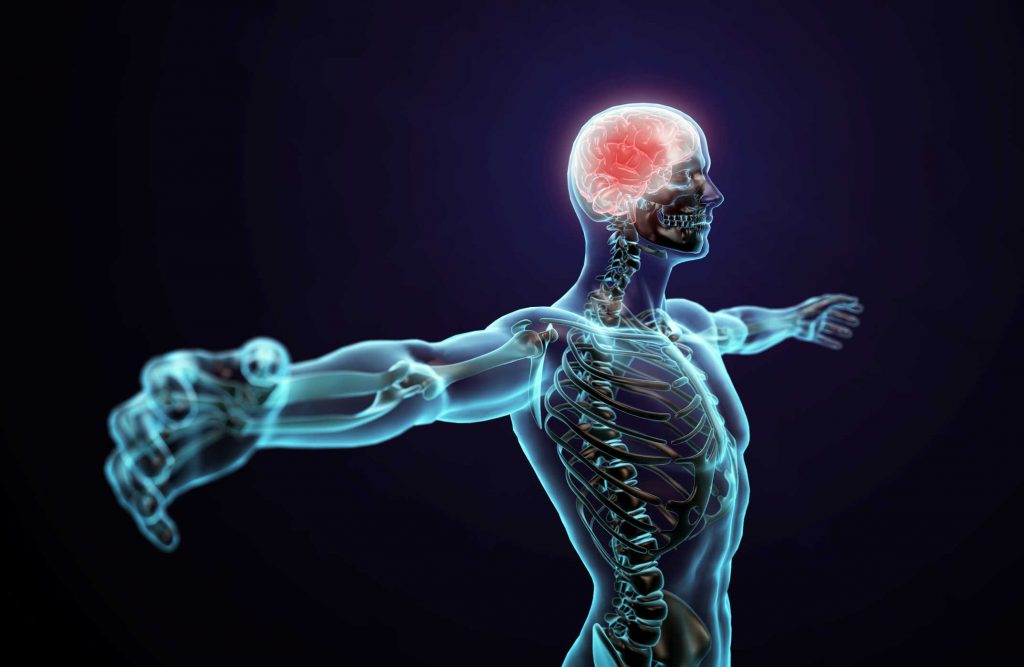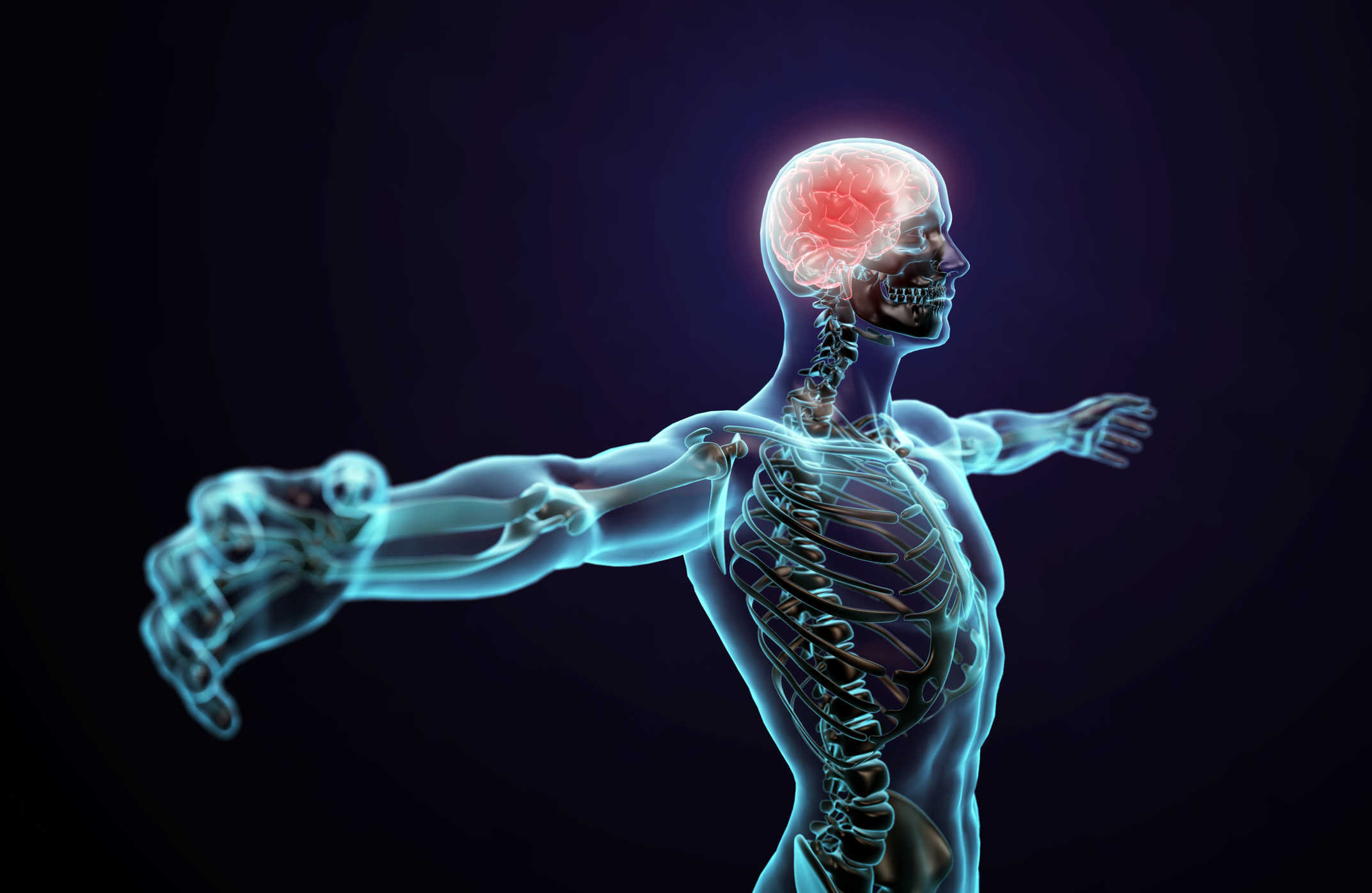
A spinal cord injury encompasses any damage to the spinal cord resulting in temporary or permanent changes to the spinal cord’s functions. The changes can vary from loss of sensation to loss of muscle function or autonomic functions in the parts of the body below the point of injury. The spinal cord houses nerve bundles which transmit important messages from the brain to other parts of the body. When the spinal cord is injured, the nerve bundles stop working resulting in devastating, usually permanent symptoms, which include loss of sensation and movement below the injury point.
There are several causes of spinal cord injury. The most common cause of spinal cord injuries in the U.S. is motor vehicle accidents. According to the latest statistics, motor vehicle accidents are responsible for over 35% of all new spinal cord injury cases in America today. It is important to note that there are no therapies that guarantee full restoration function after spinal cord injuries. Scientists have however uncovered new and promising clues about preserving and rewiring spinal cord nerve fibers. There are also newer and more effective therapies for improving mobility. As a result, it is possible to recover fully from spinal cord injuries. Below is a detailed discussion on the neurological recovery process.
Understanding neurological recovery following a spinal cord injury
Regrowing nerves
This is by far the most challenging aspect of spinal injury recovery according to neuroscientists. This is usually the case since the nerve bundles damaged after a spinal cord injury don’t grow back after injury as is the case with nerve bundles in other parts of the body. When injury occurs elsewhere i.e. the peripheral nerves which encompasses all other nerves outside of the spinal cord and brain, growth-stimulating protein flock the injury site.
The opposite happens for spinal cord injuries complicating the healing/recovery process. Researchers are however experimenting on treatments that focus on recreating conditions which promote peripheral nerve recovery. One notable experimental treatment targets Schwann cells which support peripheral nerve fibers. Research studies indicate that Schwann cells proliferate after spinal injury and secrete growth factors capable of repairing damaged nerves. Although research studies on this approach and many others are promising, the studies are still ongoing. This explains why many spinal cord injury treatments today still focus on increasing mobility.
Making connection
This is another important aspect of spinal cord recovery to consider. For proper function to be restored, damaged nerves must grow from healthy tissue surrounding the injury site and then continue to the brain to make a full reconnection. Current research studies indicate that there are difficulties in regards to getting injured nerves to grow way beyond the injury site.
Destructive chain reactions
It’s worth noting that overcoming spinal cord injury isn’t just about regrowing and reconnecting nerves. Spinal cord injury patients must also cope with how the body responds to the injury. Typically, a destructive chain of events follow after spinal cord injuries. These events include; inflammation, decreased blood flow as well as cell death in severe cases.
Research studies indicate that early treatment/drugs can interrupt destructive events like inflammation and poor blood flow improving chances of nerve cell survival. This in turn increases chances of experiencing full recovery in regards to sensation and movement. One specific drug in focus is minocycline. Preliminary studies indicate that the drug is capable of preserving nerves and preventing tissue loss. Researchers are also testing a process referred to as controlled hypothermia which involves cooling a patients’ body temperature to improve recovery especially among patients with less severe injuries.
Neurorehabilitation
The most significant spinal cord injury research advances have been in the field of neurorehabilitation which utilizes physical therapy exercises to improve mobility. Neurorehabilitation is usually initiated shortly after injury. The treatment enhances the effectiveness of cellular therapies. Neurorehabilitation has helped many spinal cord injury patients increase their mobility i.e. flex their ankles, toes and knees. Neurorehabilitation also helps with blood temperature/pressure regulation, bladder control and sexual function improvements. Neurorehabilitation utilizes electrodes implanted into patients’ spinal cords. According to researchers, the treatment has enjoyed tremendous success even when administered years after injury since it relies on neural circuits which don’t receive direct input from the brain.
Compensation after motor vehicle accident related spinal cord injuries
Although spinal cord injury treatment remains a challenge, there are a wide range of approaches/treatments currently under research and others in use. All in all, full recovery still remains a challenge which explains why it is important to get compensated accordingly especially when your spinal cord injuries are as a result of a car accident that wasn’t your fault. In such instances, it is important to seek the services of a personal injury attorney for you to increase your chances of getting full compensation on the liabilities and damages you suffer including medical bills. Spinal cord injuries can be life-changing. The importance of working with a good personal injury attorney can’t therefore be overlooked.

